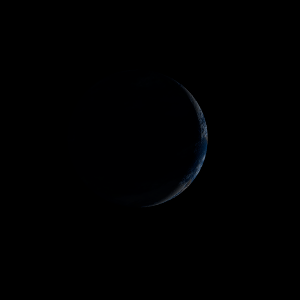|
|
Space Astro
|
Info for exoplanet "Lisan"
| Scientific (actual) data |
|---|
| Name | Kepler-147 c |
| Planet status | Confirmed |
| Radius | 0.217 |
| Orbital period | 33.4164 |
| Semi major axis | 0.216 |
| Discovered | 2014 |
| Updated | 2021-02-05 |
| Tconj | 2455000 |
| Impact parameter | 0.02 |
| Publication | Announced on a website |
| Detection type | Primary Transit |
| Alternate names | 2MASS J19115418+3905138 c, K00392.01, KIC 3942670 c, KOI-392 c, KOI-392.01, WISE J191154.17+390513.8 c |
| Star name | Kepler-147 |
| Right ascension | 287.98° |
| Declination | 39.09° |
| Mag j | 12.786 |
| Mag h | 12.475 |
| Mag k | 12.416 |
| Star distance | 1073.89 |
| Star metallicity | 0.078 |
| Star mass | 1.01 |
| Star radius | 1.47 |
| Star temperature | 6012 |
| Star alternate names | 2MASS J19115418+3905138, KIC 3942670, KOI-392, WISE J191154.17+390513.8 |
| Wikipedia article | Kepler-147 c |
Back
| |
| Fictional info (?) |
|---|
| Suggested name | Lisan |
| Planet type | Planet |
| .
A prominent result is the "great yellow spot", a giant storm that is known to have existed for centuries since it was first observed by radar.
Its north and south poles, therefore, lie where most other planets have their equators. |
| Atmosphere | Oxygen | 90% |
| Carbon dioxide | 7.2% |
| Nitric oxide | 1.9% |
| Carbonyl sulfide | 0.0015% |
| Ammonium hydrosulfide (NH4SH) | 6.3E-5% |
| Ozone | 0% |
| Atmospheric pressure | 40 bar |
 |
| No known satellites |
| Google search for Lisan |
|
Website by Joachim Michaelis
|
|
|
|